Asian Rhinoplasty Vancouver
The embryology, anatomy and aesthetic considerations of the Asian Nose are quite unique. In the vast majority of our patients, the dorsal profile is flat, and the tip is too wide and lacks projection. In some cases, the base of the nose is too wide and can also be narrowed (alar base shift). Dr Brown studied for several months with Tokyo’s top cosmetic surgeon, and later visited South Korea. He prefers to use cartilage borrowed from the ear to make a more elegant nasal tip. Sometimes cartilage is also used to fill in the angle between the upper lip and nose if this is too acute. The columella is the portion between the nostrils (where bull rings are inserted). In many Asians this is retracted, leading to lack of columellar show. This can be corrected with cartilage grafting.
After using cartilage in the past to build up the dorsal profile, because of later resorption and warping, Dr Brown now prefers to use a silicone implant. Patient’s ear cartilage is always used for the nasal tip to provide a natural appearance. These come in multiple shapes, and at the time of the surgery sizers are used to determine the best aesthetic result. Most patients are able to return to work in 8 days, although a graduated return to the gym takes 2-3 weeks. The surgery can be performed 3 ways; under a general anesthetic, under intravenous sedation, or under local anesthesia with oral sedation. The latter choice saves several thousand dollars. You should plan to spend 1-1.5 hours at the office for the first consultation. At that time, Dr Brown will examine your nose and provide you with an analysis of your anatomy and what can be done to improve it. As with all cosmetic procedures, significant complications are rare. You will be informed of all common complications, their incidence, and their treatment. Noses vary in their anatomy, so there will be a discussion of “the art of the possible” and you will be well informed about what can be improved and what will not be improved. We have found a very high rate of satisfaction with these techniques.
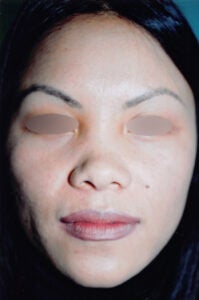 |
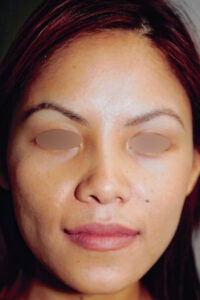 |
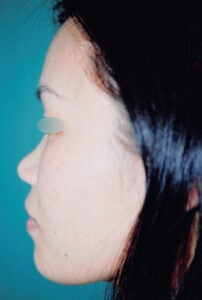 |
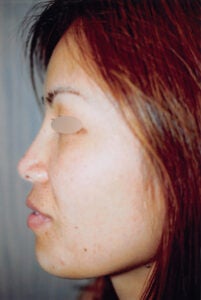 |
This patient had cartilage grafting to the tip, grafting of the columellar labial angle (the angle between the lip and nose, alar base shift, dorsal augmentation with customised silicone implant, and tip narrowing.
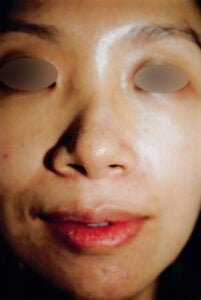 |
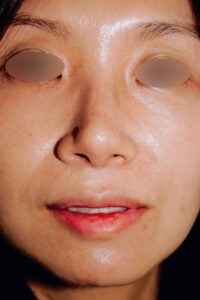 |
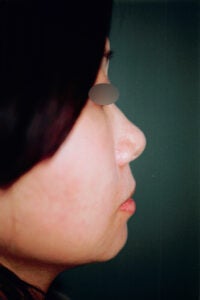 |
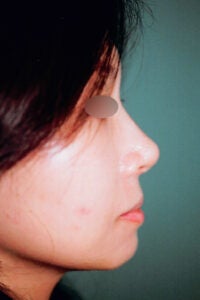 |
This middle-aged patient had tip and alar base narrowing, with reduction of the bump on the dorsum of the nose, followed by dorsal augmentation and cartilage tip grafting.
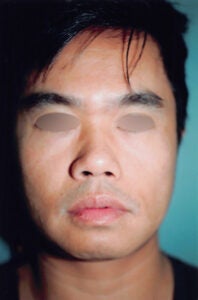 |
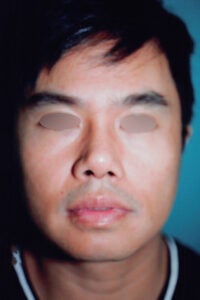 |
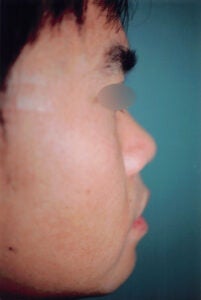 |
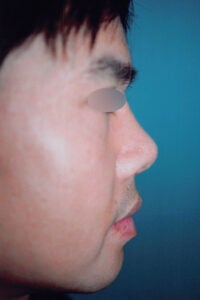 |
This 20-year-old man had tip narrowing, an alar base shift to modify the flaring nostrils, and the flat upper nose augmented.
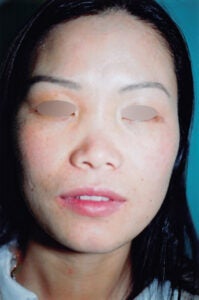 |
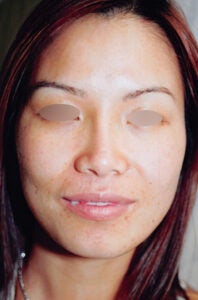 |
 |
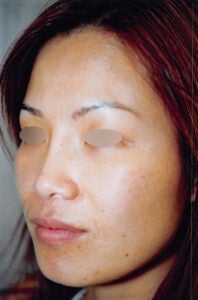 |
This patient has had dorsal augmentation, tip grafting and narrowing, and grafting of the columellar labial angle.
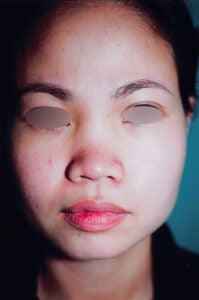 |
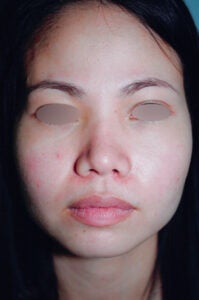 |
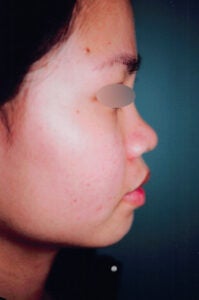 |
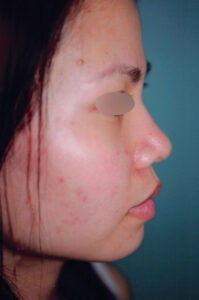 |
This 18-year-old patient felt her nose was too flat and tip too wide. The tip has been narrowed as much as her anatomy allowed. She has also had the base of the nose narrowed as well as the profile enhanced.
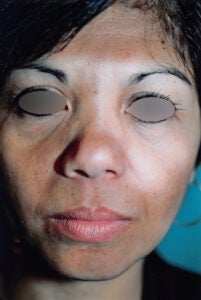 |
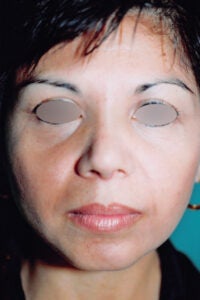 |
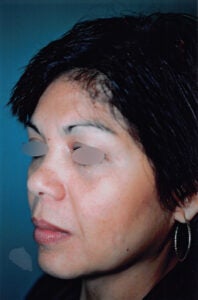 |
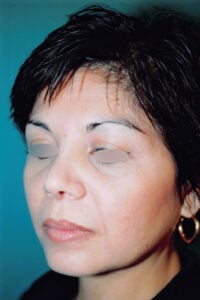 |
This middle aged lady had quite large tip cartilages which were debulked and narrowed. She has also had an alar base shift, dorsal augmentation, tip grafting, and grafting of the columellar labial angle.
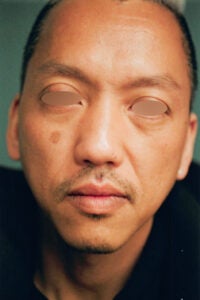 |
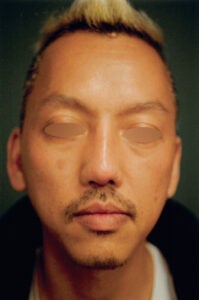 |
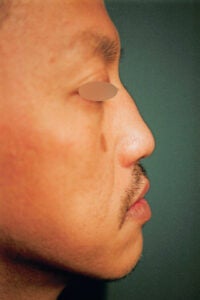 |
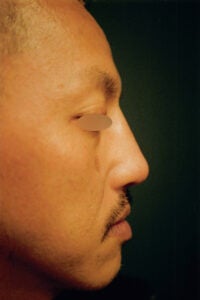 |
This gentleman had a correction of the dorsal bump with a secondary dorsal implant, tip thinning, tip grafting, and a graft to the columellar labial angle.
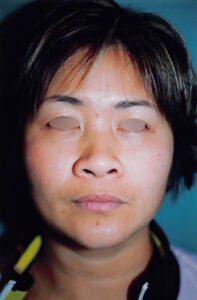 |
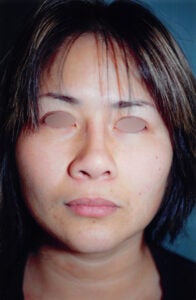 |
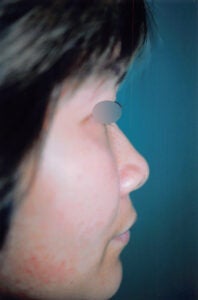 |
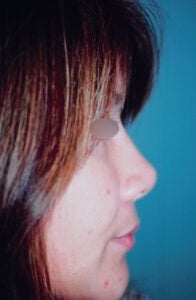 |
This patient has had a dorsal augmentation. The tip has been projected forward by stacked cartilage grafts.
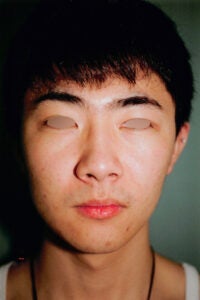 |
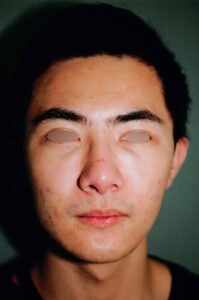 |
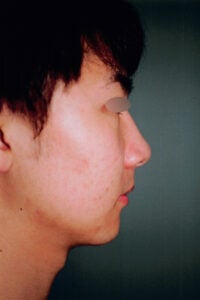 |
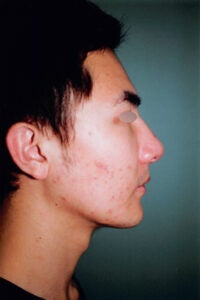 |
This gentleman had a narrowing of the lower nose with an alar base shift. The addition of an implant to his chin balances out his profile.
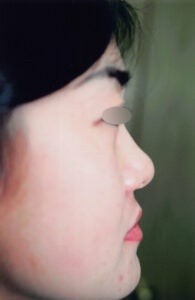 |
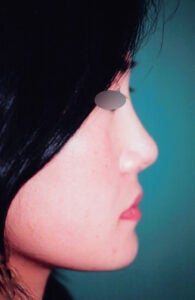 |
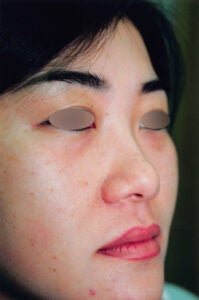 |
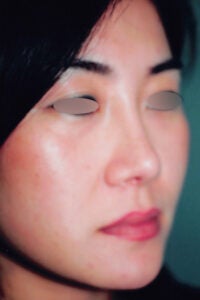 |
This attractive 27-year-old woman wanted better tip definition. The columellar labial angle and tip were grafted, and a subtle dorsal augmentation performed.
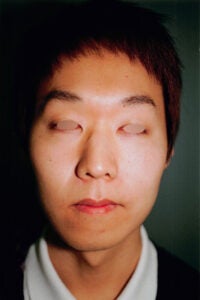 |
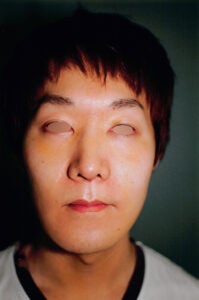 |
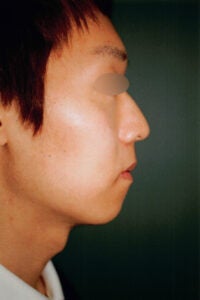 |
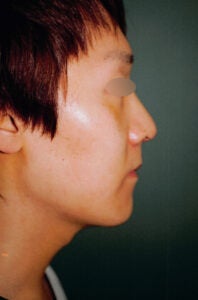 |
This young man had a reduction of his dorsal bump. In addition he has had a chin implant done at the same time.
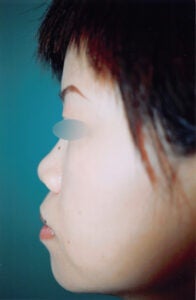 |
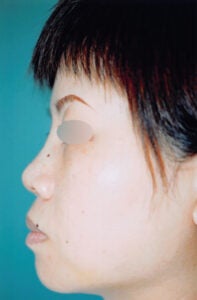 |
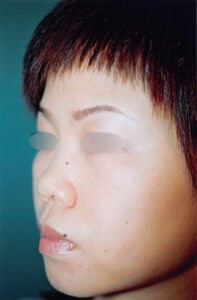 |
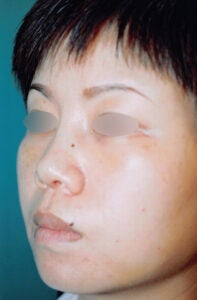 |
This 21-year-old woman had a subtle dorsal augmentation, narrowing of the base of the nose with tip grafting and lengthening of the nose.
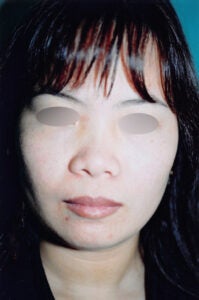 |
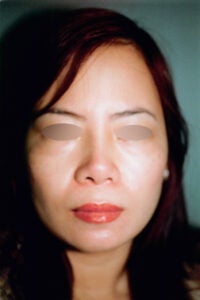 |
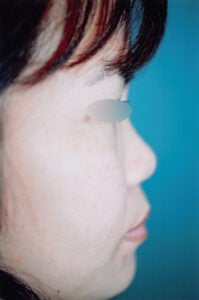 |
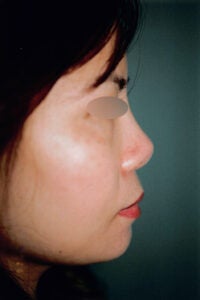 |
This pleasant 24-year-old woman had narrowing of both the tip and the base of the nose (alar base shift). Her inadequate bridge has been subtlety brought forward with an implant.
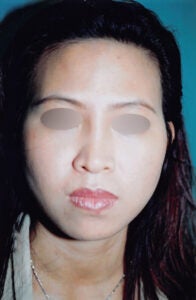 |
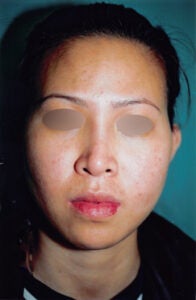 |
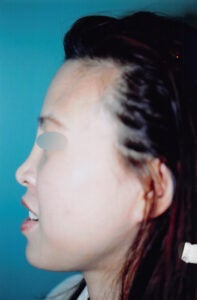 |
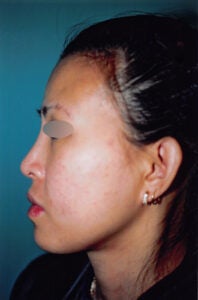 |
This patient has had mid dorsal augmentation as well as tip grafting.
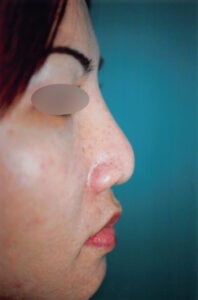 |
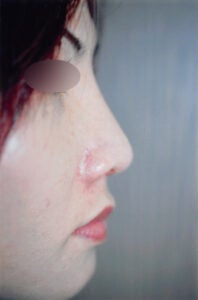 |
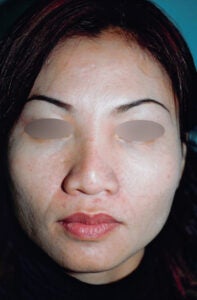 |
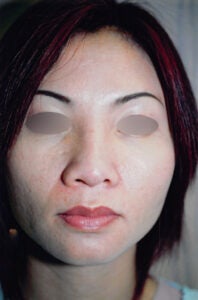 |
This woman had previous surgery in Vietnam with only an insertion of a dorsal implant. The scarred down tip was brought forward with stacked cartilage grafts from her ear.
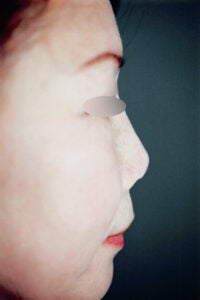 |
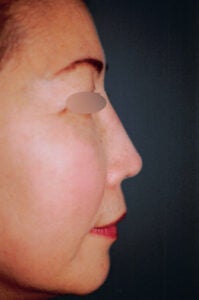 |
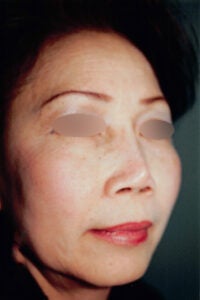 |
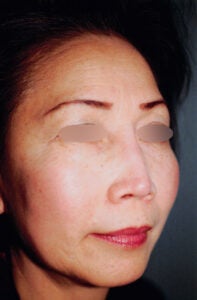 |
This middle aged woman had insertion of a very narrow nasal implant in Korea. Dorsal reaugmentation was carried out along with cartilage grafting to the top and base of the nose.
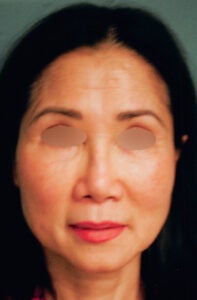 |
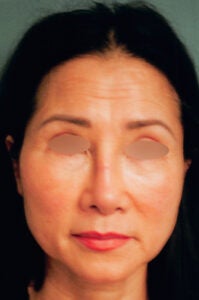 |
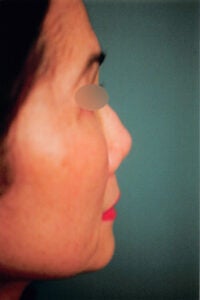 |
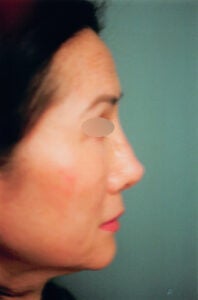 |
This middle aged woman from Japan had significant irregularities to her nose with no columellar show and overshortening of the nose. The dorsum has been smoothed and multiple cartilage grafts have led to a more elegant profile.
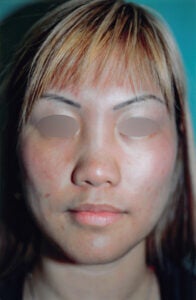 |
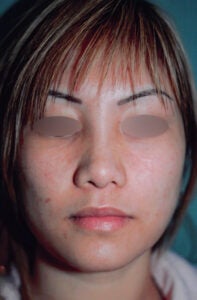 |
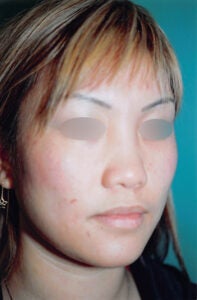 |
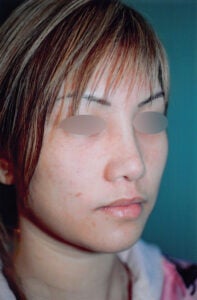 |
This attractive 20 year old patient has had a tip plasty, alar base shift and dorsal augmentation.
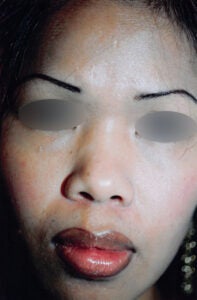 |
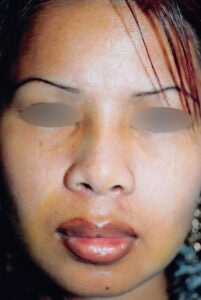 |
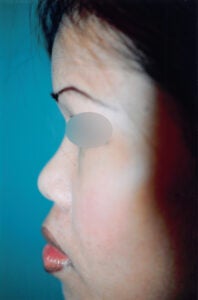 |
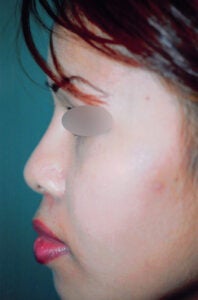 |
This 32-year-old woman requested more definition to her nose. She has had tip narrowing, cartilage grafting to the tip, alar base shift, and dorsal augmentation.
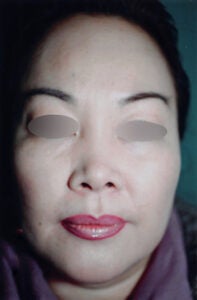 |
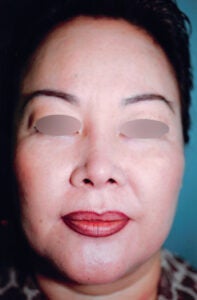 |
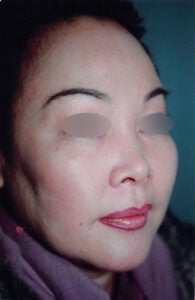 |
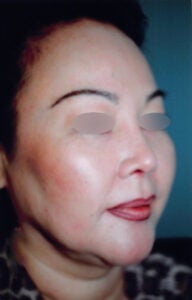 |
This 58-year-old woman had grafting and dorsal augmentation.
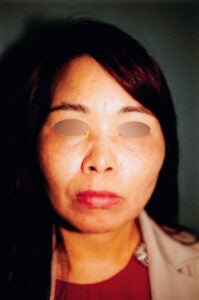 |
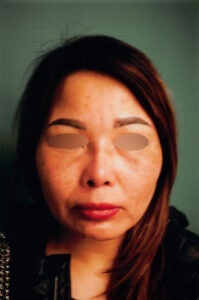 |
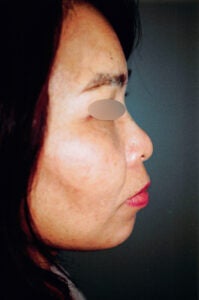 |
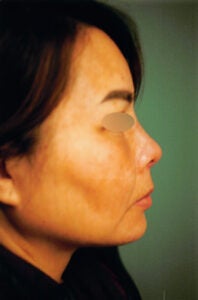 |
This lady had dorsal augmentation with tip grafting. In addition, she has had a small chin implant to enhance her profile.
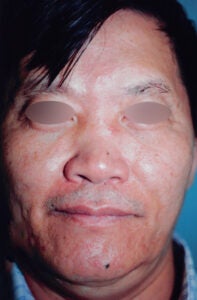 |
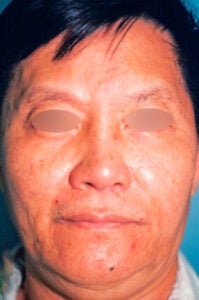 |
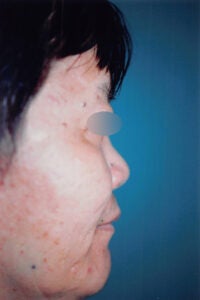 |
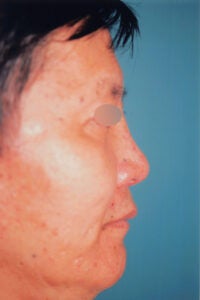 |
This pleasant 47-year-old man had dorsal augmentation, tip plasty and alar base shift.
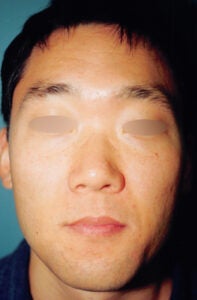 |
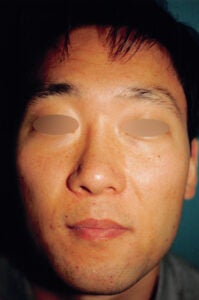 |
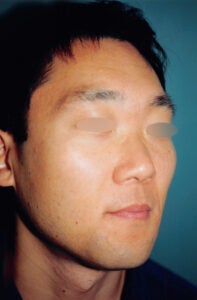 |
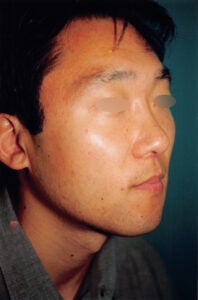 |
This 38-year-old gentleman wanted only a stronger bridge. This was accomplished with a custom fitted implant.
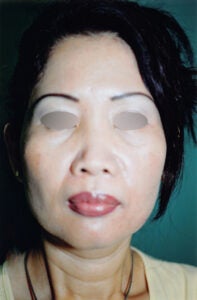 |
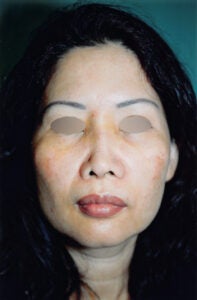 |
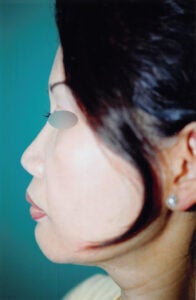 |
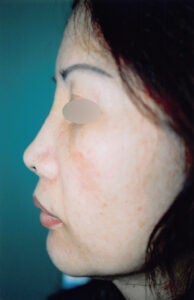 |
This middle aged woman had nose grafted and augmented. The post operative photo was taken at 7 days when the cast was removed.
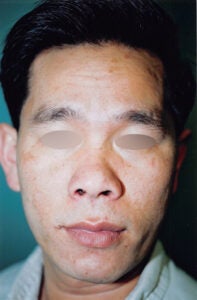 |
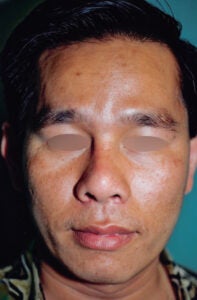 |
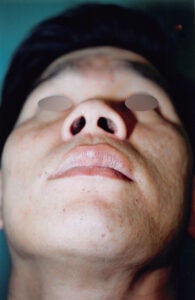 |
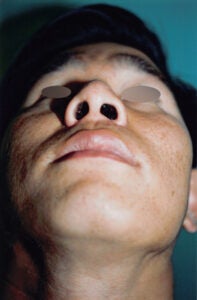 |
This gentleman had an asymmetric alar base shift, dorsal augmentation and tip grafting. Because of thicker male skin and rather flimsy cartilage, the narrowing of the tip tends to be modest despite all techniques used.
